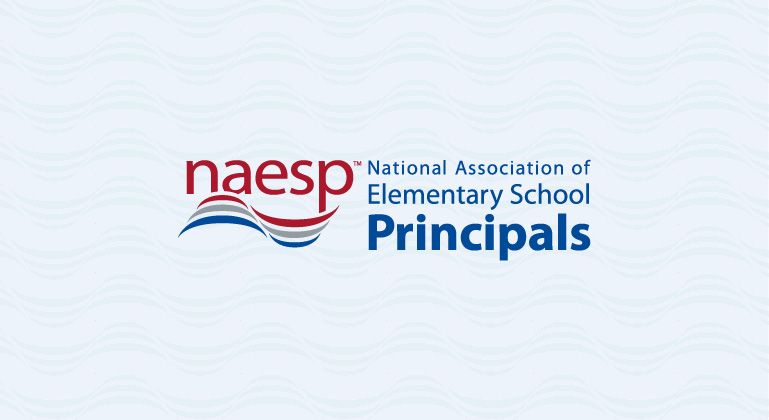Leading in Challenging Times
Session notes from “Leading in Challenging Times,” a panel moderated by Doug Reeves that featured principals Allyson Apsey, Howard Fields, Rachael George, Jessica Gomez, and Adam Welcome.
What were the speakers’ main messages?
In this panel presentation, speakers addressed their philosophy around various topics and supplemented with examples from their varied experiences throughout the pandemic. Speakers addressed topics such as student engagement, teacher evaluation and support, re-engaging staff members in the joy of our profession, and structures and processes to support effective professional learning communities. Dr. Reeves moderated the session, supplementing their practical tips with the specific research to support them.
What was the speaker’s best quote?
Howard Fields: “Be firm with where you’re going, but flexible with your approach.”
What were the top ideas from the session?
- Foster student engagement as we work to combat learning loss. Focus on Tier 1 (core instruction).
- Robert Marzano and John Hattie’s teaching strategies are good to follow. Teachers must know when, where, and with whom to implement them. With Tier 1 instruction, implement the top instructional. “They all work, so what works best?”
- When analyzing student data, four questions drive the work: What do we want students to learn? How will we know if they have learned it? What will we do if they have not learned it? How will we provide extended learning opportunities for students who have mastered the content?
- After analyzing student work, focus on adult actions. What is the teacher going to do differently? Also, ensure that the time spend analyzing student work is a TREASURE hunt, not a witch hunt. (Not evaluative for teachers)
- The stress in our profession is largely the “worry load” that we carry home each day. To help reduce the worry load of staff, spend your time on what is within our control, and foster strong relationships with staff so they know you are there to help them attain their goals. Stay attuned to their needs so that they recognize their impact with kids each day.
What is one strategy that you will implement immediately?
Recruiting of staff: Teachers want to connect and feel supported with a desire to be part of something bigger than themselves. As administrators, our role is to support their learning and improve the quality of their professional experience. Allow for autonomy and empower teacher leaders. Also, don’t forget about your veteran staff! Keep them focused on improvement and connect them with other A+ educators to continuously improve their practice.
What is one strategy that will help you with instructional leadership?
Spend your time within your circle of influence. Efficacy is focusing on what you have control over.
What is are some ideas you want to learn more about?
- Branding your school. How to cultivate a unique school identity and reputation so that teachers are banging down the door to work at your building! “Here at ____, we …”
- Tiered interventions for SEL. How to address student social, emotional, and behavioral needs as part of our student assistance team and ways to more concretely set clear and measurable goals for their growth, then revisiting their progress to mirror the ways in which we do the same for academic needs.
What are resources you will check out?
- Doug Reeves and Rick DuFour: The Futility of PLC Lite (2016)
- Organization: Creative Leadership Solutions
I can’t wait to tell my teachers about this idea:
“We need to put the L back in SEL”. It’s learning: a practice, not a program. SEL strategies should be pervasive and embedded throughout the day, not just 8:30-9 a.m.
What are some relevant or surprising stats you learned?
The No. 1 motivator of students is competence. Once they feel confident in what they are doing, unwanted behaviors will decrease.
Notes by Jennifer DeRagon, principal of George Hersey Robertson School in Coventry, Connecticut.


